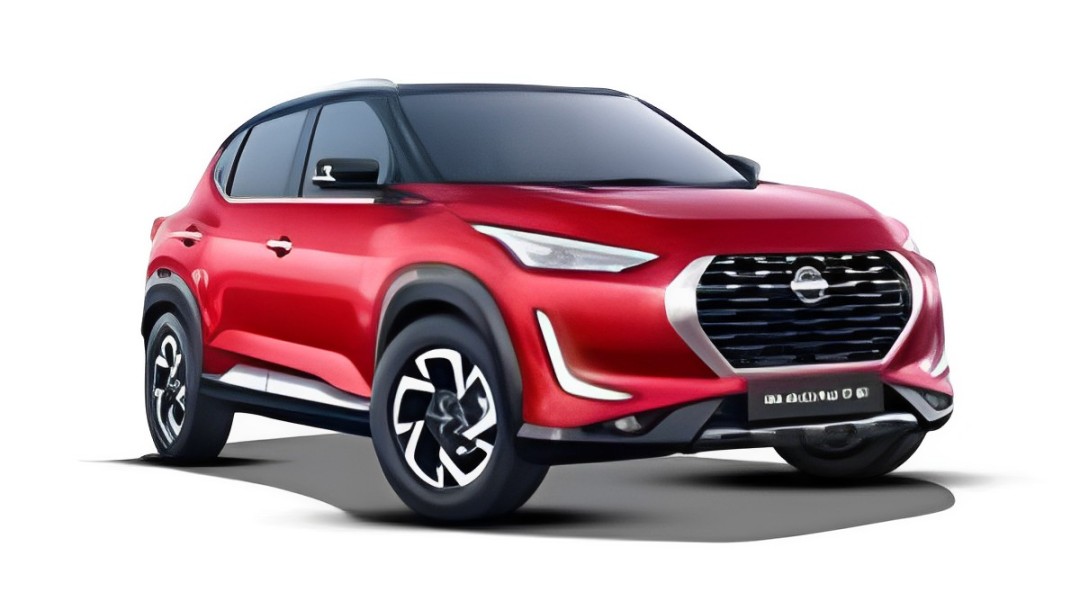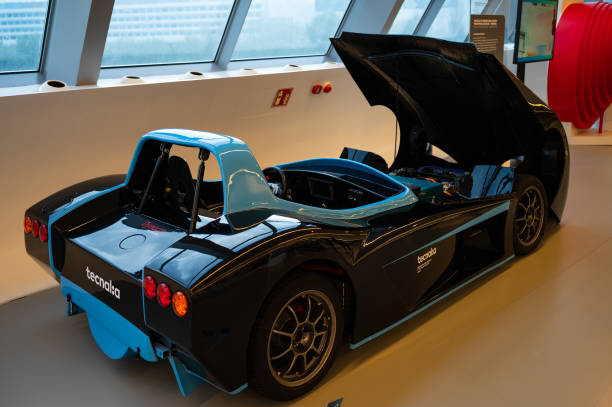Hyundai was the first OEM in India’s passenger vehicle market to venture into the EV space when it launched the Kona Electric way back in 2019. The CKD version of the Ioniq 5 followed next in 2023. Today, the Ioniq 5 sells as Hyundai’s sole electric vehicle in India after the Kona Electric was withdrawn early in June this year.
It is reported that the company would now be entering mass market EV space with four new models. This was announced even before the Hyundai IPO launch in India. As per CarYanams, Hyundai will launch four new locally-made battery-powered vehicles in the country as part of its expansion plans.
Related: Next-gen BMW M3 to retain petrol power
Hyundai EVs in India: Creta EV launch in Jan 2025
It is the first electric car by the Korean brand on Indian soil. The Korean brand has scheduled its launch for January 2025. Test mules of Creta EV have been spied on in many instances over the last year or so. At launch, it will compete with other mid-size electric SUVs like Tata Curvv EV, MG ZS EV, BYD Atto3, and new models going to be launched by Maruti Suzuki eVX, Mahindra BE.05, etc.
The Creta EV will reportedly inherit the 45 kWh battery pack, like in the case of the base Kona EV. This would make it around 450 km with an output of 138 bhp and 255 Nm of torque. The ZS EV has a 50.3 kWh battery, while Maruti’s first EV will offer 48 kWh and 60 kWh options, while the Curvv EV will be available in 45 kWh and 55 kWh.
Hyundai EVs in India: a new rival to punch from Tata Inster EV

Hyundai will follow up its Creta EV with the Inster EV that broke cover first in South Korea in June this year. When the Tata Punch EV finally arrives in India, the Inster will have some competition. This is reportedly built off the born-electric E-GMP (K) platform, so it might find a place for itself as one of the most affordable EVs in the market.
As an aesthetic comparison, though the Inster EV closely resembles the Casper, it is larger than the petrol-powered counterpart. In length, width, and height, it stands at 3,825mm, 1,610mm, and 1,575 respectively. The further measures given in the wheelbase are 2,580mm. Compared to the petrol-powered Casper, which has a length of 3,595 mm and in width and height measure 1,386 mm and 1,575 mm respectively. The case further becomes simple since it has a wheelbase of 2,400mm.
Hyundai Electric Vehicle in India: Venue EV, Grand i10 Nios EV in the pipeline as well
The report further points out that though the above two models have already got the green signal, there are two more EVs in the contemplation— Venue EV and Grand i10 Nios EV. The former is going to be a very important product for Hyundai since it is going to straight contest with the Nexon EV and the upcoming XUV300 EV.
The next-gen Venue will go on sale worldwide sometime next year and the Venue EV will likely use the design of the new-gen model. The EV based on Grand i10 Nios will lock horns with the Tata Tiago EV which is another important player in the EV space courtesy of its practicality and budget-friendly price tag.
Hyundai India will start manufacturing electric vehicles locally by 2025. In addition, the carmaker also intends to increase its original equipment manufacturer business with electrified powertrains. To this end, it has recently inked an agreement to be an OEM supplier for Isuzu Motors besides tying up with General Motors to make electric vehicle components.
Apart from that, Hyundai is going to export EVs produced at the new facility in India to overseas markets. Hyundai wants to make India one of its prime bases for EV manufacturing, having acquired General Motors’ Talegaon facility in Maharashtra earlier this year.
The initial volume is estimated to be around 26,000 units for Creta-EV and 65,000 units for Inster-based EVs. Hyundai has further committed to investing Rs 20,000 crore in developing EVs in India over the next eight years.
Read Also:

